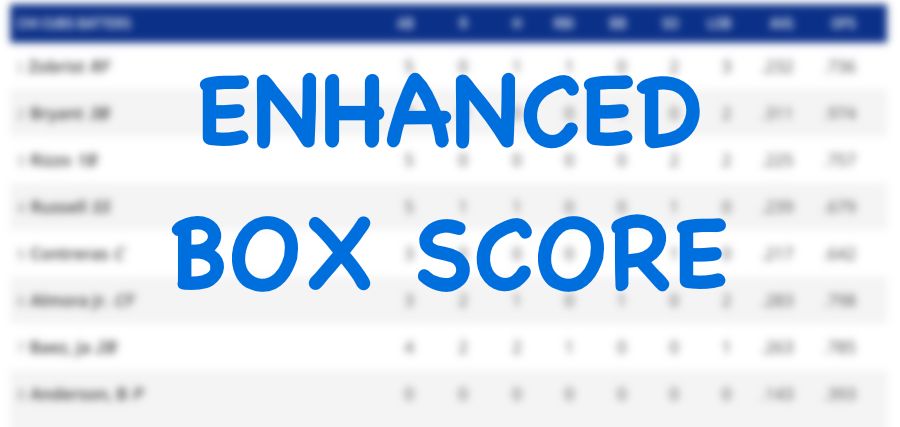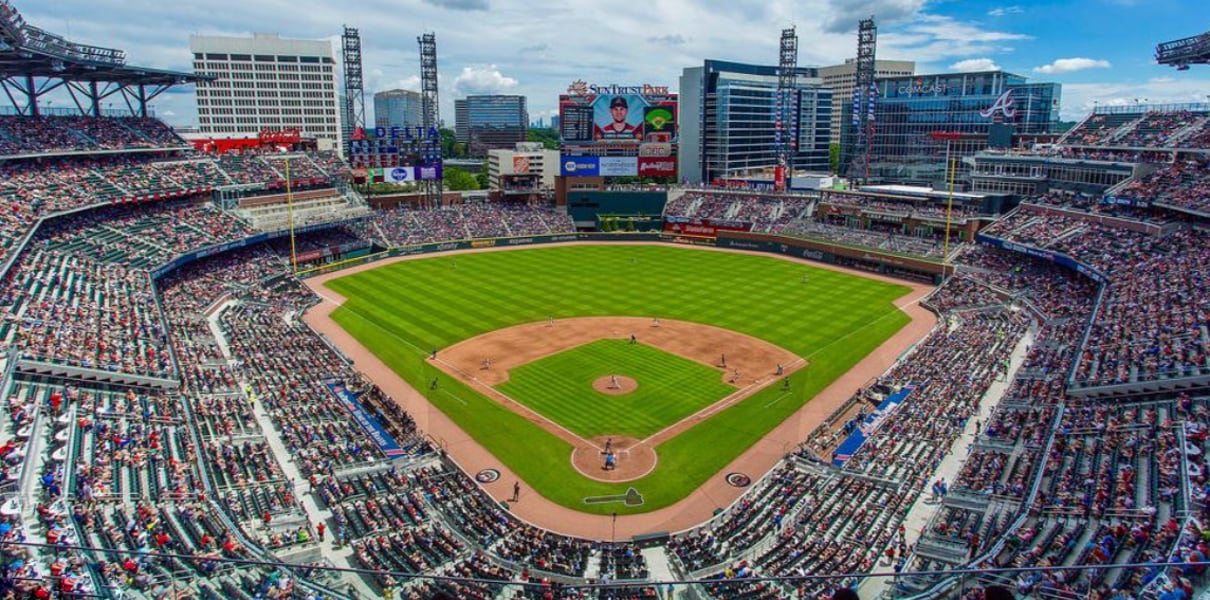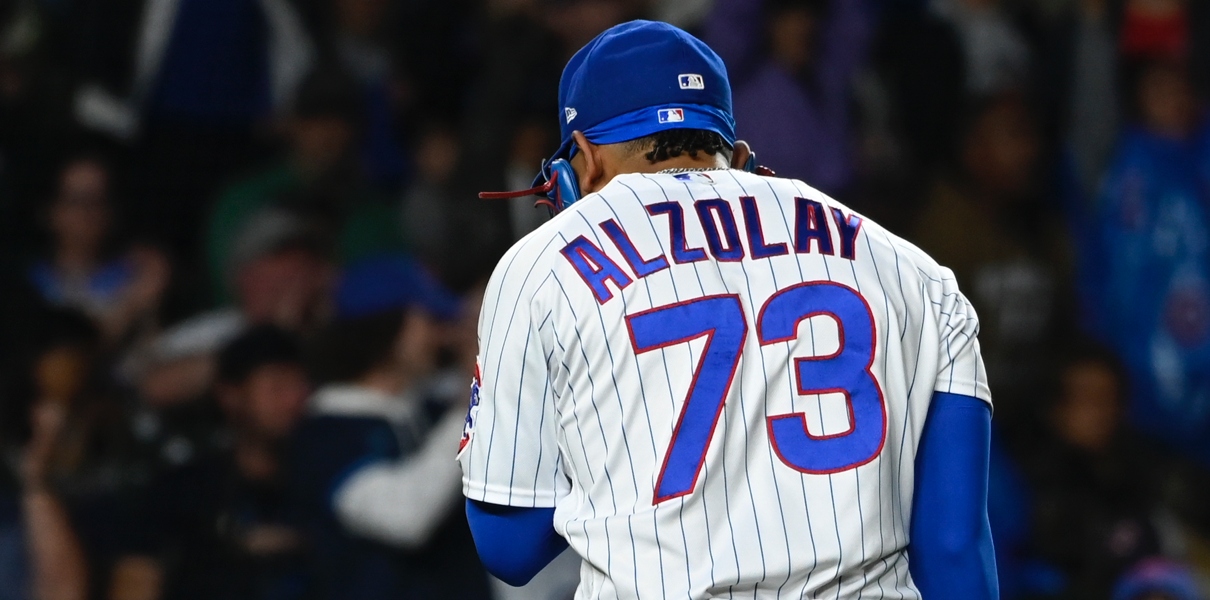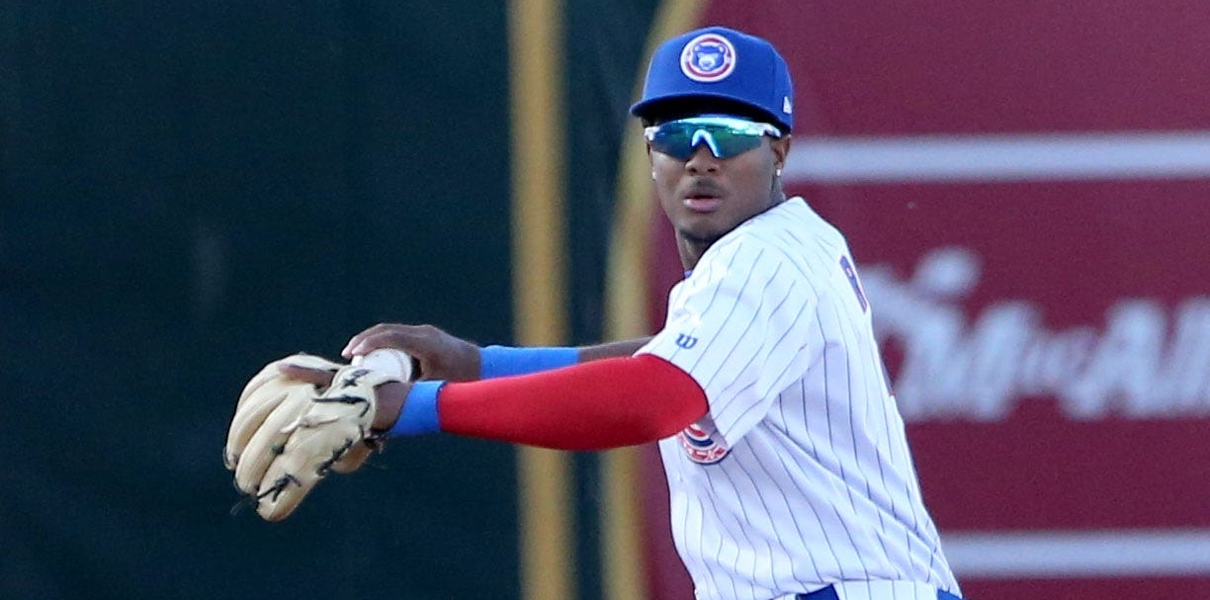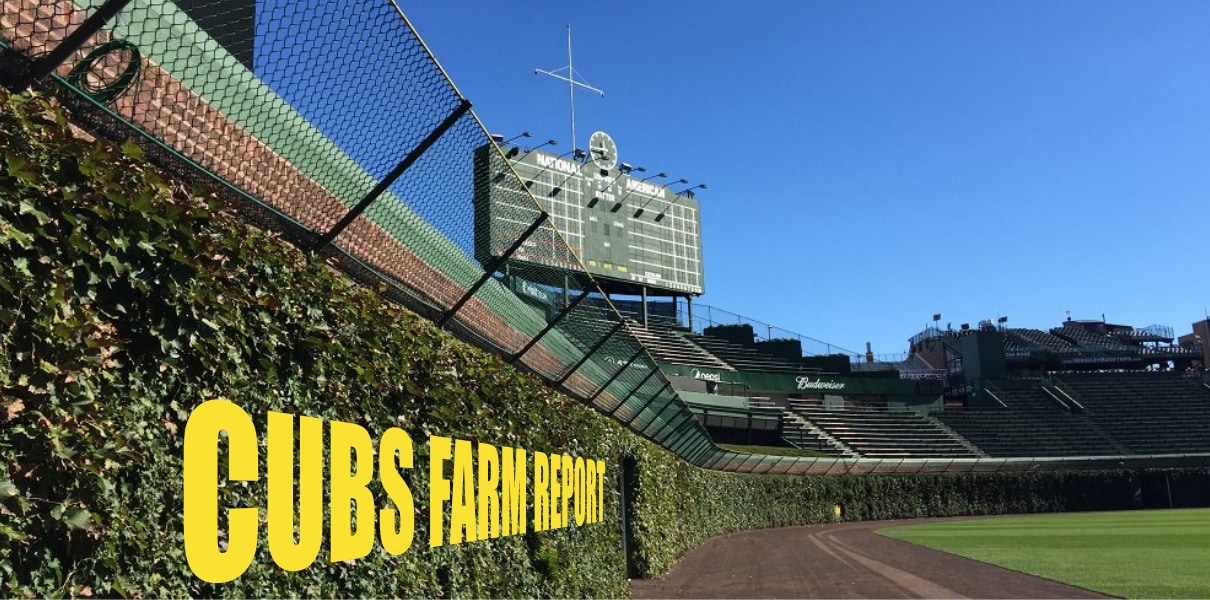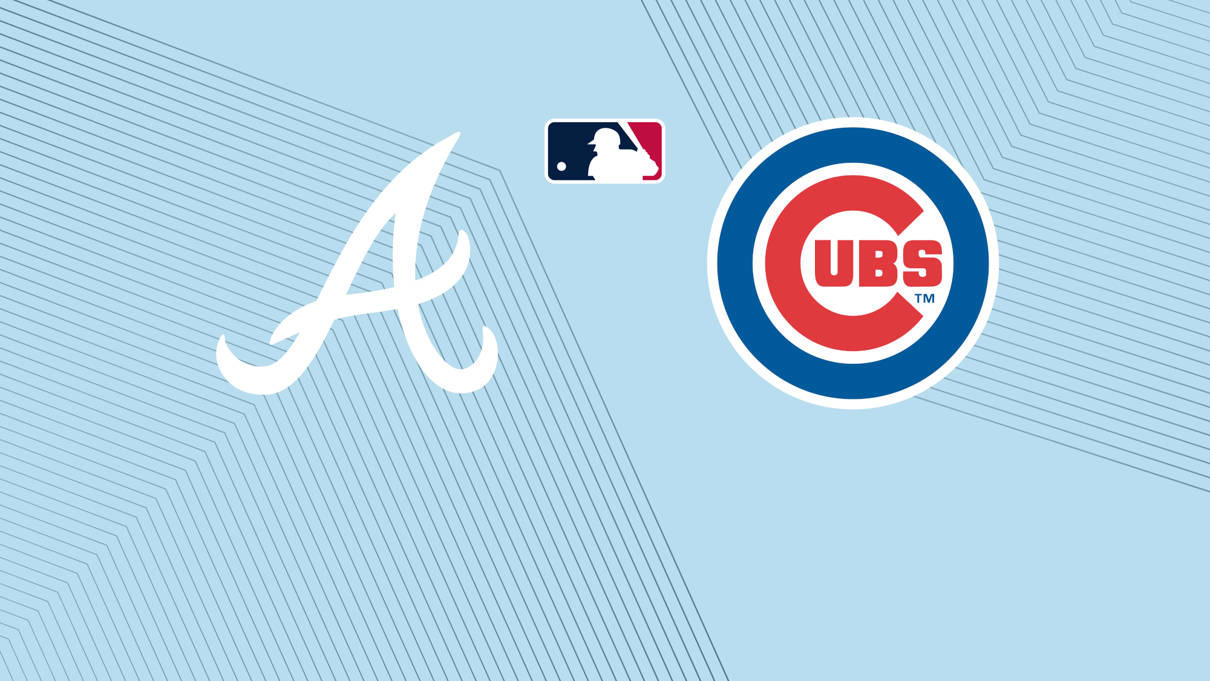It doesn’t get the same attention as the other rules changes – mostly because it doesn’t feel like the same category of change – but the new balanced schedule in Major League Baseball is definitely going to have a major impact on competitiveness.
In case you had forgotten or weren’t aware, schedules in MLB are now balanced (or at least as balanced as they can be): every team will play every other team at least once. The Cubs’ 2023 schedule is right here.
When interleague play arrived in 1997, schedules became imbalanced, as teams in this AL division would play only teams in that NL division, and so forth (plus natural geographic rivalries).
It was mostly fine, but it created a relatively significant disparity in the strengths of schedule among Wild Card contenders. There will always be a little imbalance there because you’re going to play more games within your own division, but you can balance it out much more if every team is playing every team in baseball at least once. No more situations where the Cubs would play the Yankees for six games in a year, while the Braves play the Royals six times. Or whatever. You get the point.
So that’s a big change, and it requires fewer games played within one’s own division (down from 19 games against each of your division rivals to 13 games). That’s a reasonable tradeoff, though, to ensure a little more balance in the Wild Card races and to ensure that fans in various cities get to see certain teams/players more often than once every five or six years.
We, as Cubs fans, might not love it quite as much – feasting on the NL Central some years is nice – but it’s better for the sport overall.
… but what does it mean for their chances of making the playoffs in 2023? Does the balanced schedule make it easier for them compared to what it would’ve been in the old system? Or a little harder?
Mike Petriello wrote about the short-term changes in schedule strength, and it’s a fascinating read:
Based on what the schedule WOULD have looked like for 2023 without the new balancing effects, the entire NL Central has it a little tougher now. That seems logical, right, since they don’t get to play – for example – the Reds and Pirates quite as much, and they also have to play all across the American League, which projects to be a little better, on average, this year compared to the National League.
The Cubs actually have it the worst of the five by the teeniest amount over the Cardinals and Brewers. It’s barely enough to even comment on, though, as the broader point is the more meaningful one: because of the balanced schedule, the 2023 strengths of schedule for NL Central teams is getting harder by about .08-ish points of winning percentage. It figures to be a little harder for an NL Central club to get a Wild Card spot in 2023 in the new system than it would’ve been if scheduling had stayed the same. (Hold that thought.)
Where you see the BIG swings are in the AL East and West (much easier to land a Wild Card now, because you’re trading games against your loaded division for games against the NL), and in the NL East (much harder to land a Wild Card now, because you’re trading games the Nationals and Marlins for games against the AL).
Ah, but here’s where things get relative: because the strengths of schedule got much harder for the NL East – more harder? – than they did for the NL Central, doesn’t that mean this is all kind of a wash for the NL Central? Like, yes, their strengths of schedule got harder because of the schedule change, but it got “more harder” for the NL East … against whom the Central would be competing for Wild Card slots in the first place. So really, to my eye, things maybe stayed kinda flat for the Central in a relative sense, and simply got a lot harder for the NL East (and, actually, looks like a lot easier for the Diamondbacks and Rockies, specifically).
Long story short? Read Petriello’s piece for the broader strokes, but my takeaway is that the schedules got a little tougher in the NL Central this year because of the change, but it may not make that much of a difference in their shot at landing a Wild Card. That was already going to be a very tough road, because the cluster of teams at the top of the East and West are so dang good. The goal needs to be winning the NL Central, and it will therefore still always be disproportionately desirable to win those games within the division, even if now there are a lot fewer of them.




